Kelly Creek
A Love Affair with Kelly Creek
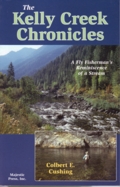 For almost two decades, "Cush" journals his annual pilgrimage to Kelly Creek in the Clearwater National Forest.
For almost two decades, "Cush" journals his annual pilgrimage to Kelly Creek in the Clearwater National Forest.
Fly Fishing Kelly Creek Idaho
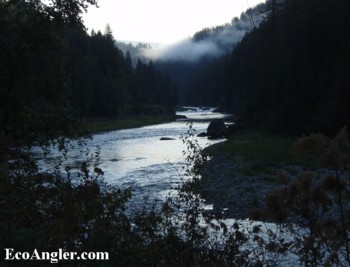
From its headwaters in the Bitterroot Mountains along the Idaho and Montana border, Kelly Creek flows until reaching its confluence with the North Fork of the Clearwater River at Kelly Forks campground. Anglers who have experienced Kelly Creek commonly tag it with the label - Blue Ribbon. No arguing this large and gin-clear stream holds more native Westslope cutthroat and bull trout than most of its neighbors in the region. No arguing size here either; the Westslopes run generally in the 12-16 inch class, with a few larger fish pushing 20 inches.
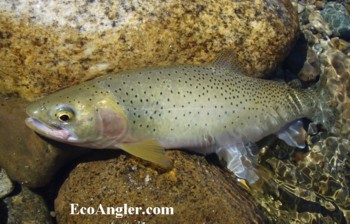
I entered the Clearwater National Forest from the town of Pierce, Idaho eventually reaching the Forest Service road that parallels the North Fork of the Clearwater. Driving this road several more miles takes you up to Kelly Creek. Kelly Creek flows through a steep-walled canyon along this road and only receives direct sun briefly during midday. The canyon gradually widens as you make your way upstream to the U.S. Forest Service Work Center. The riverine also morphs from boulder-choked white water chutes and deep connecting plunge pools to more ripple water running over wide and swallow, freestone bottom. I drove my rig and parked at the bridge which crosses Kelly Creek and leads up to an airfield. I choose to hike and wade upstream into the roadless section of Kelly Creek. The whole day I encountered only one wrangler leading a small pack on the trail above the creek.
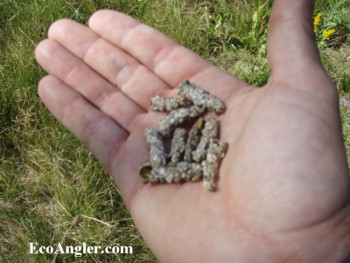
Cutthroat Population Benefits from Regulations
Prior to 1970, the state of Idaho permitted anglers to kill up to 15 fish without size restriction on Kelly Creek and the North Fork of the Clearwater. With good road access and increased angling pressure on Kelly Creek, it became a matter of time before the westslope cutthroat population here went into serious decline.
To reduce angler fish-kills and improve the quality of the fishery, Idaho Department of Fish and Game revised angling regulations in 1970 to include reduced bag limits, implement minimum size limits and catch-and-release reg's.
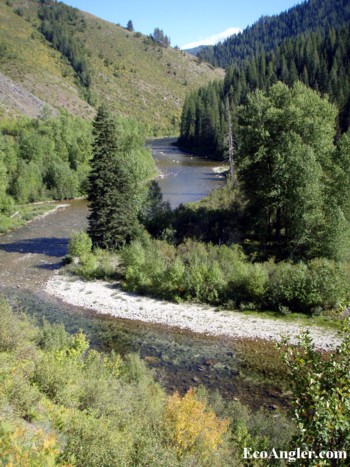
Thanks to these regulations, the westslope populations on Kelly Creek recovered in both numbers and size. Research conducted by Dr. Ted Bjornn and his students of the Idaho Cooperative Fishery Unit established that after these special regs went into effect, the native westslope trout populations responded by huge increases in abundance and in the proportion of older and larger adults in the populations.
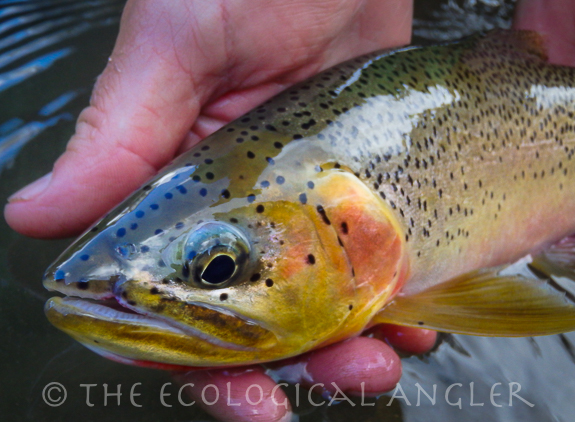
Some of the interesting findings from Dr. Bjornn's research report:
- In Kelly Creek upstream of Moose Creek (hike-in section) anglers caught 3.1 cutthroat trout per hour and 62% of the respondents rated the quality of angling as good.
- The average number of cutthroat trout per transect in lower Kelly Creek increased from 0.2 in 1969 to 12.9 in 1989.
